
Blogs
MON, MAY 12, 2025
BHARUWA
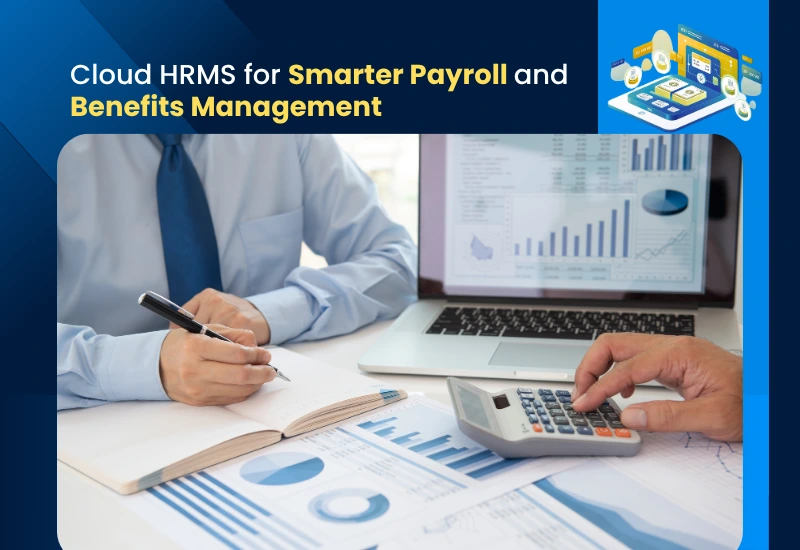
How Cloud HRMS Can Simplify Payroll and Benefits Management
Payroll and benefits are essential components of employee satisfaction and financial compliance. A cloud-based HRMS reduces administrative overhead, minimizes errors, and improves transparency for both employers and employees.
Read More
SAT, MAY 10, 2025
BHARUWA
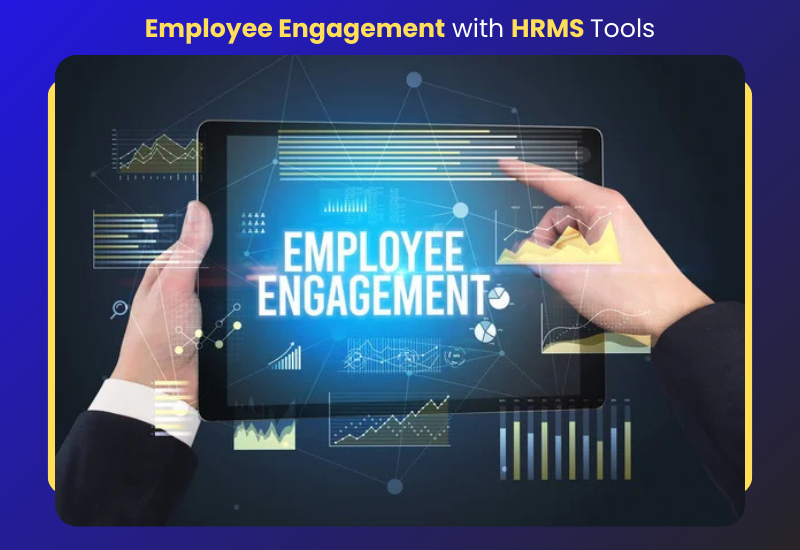
HRMS for Employee Engagement: A Game Changer for HR Teams
Employee engagement is no longer a soft metric; It’s a direct indicator of organizational health. Human Resource Management Systems (HRMS) have transitioned from being administrative tools to becoming critical infrastructure that supports employee satisfaction, performance, and retention. For HR teams seeking measurable improvements, the right HRMS solution offers more than efficiency—it fosters a responsive and connected workplace
Read More
THU, MAY 08, 2025
BHARUWA
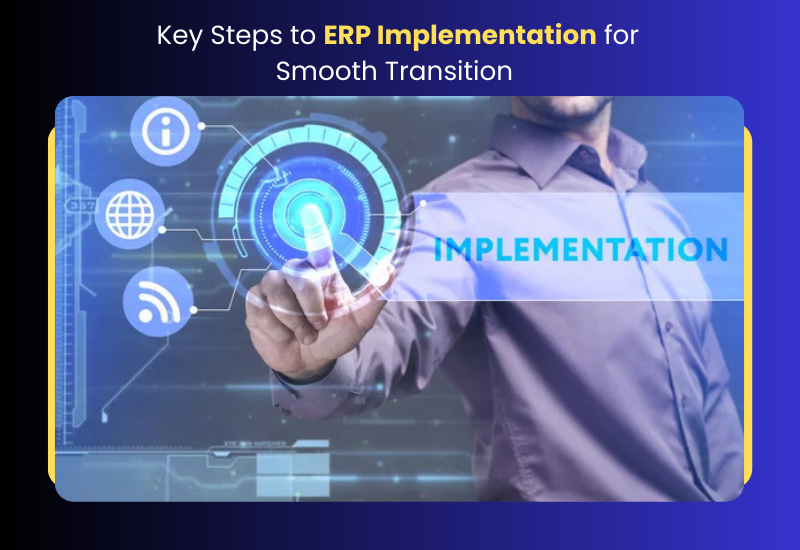
ERP Implementation Best Practices for a Smooth Transition
A well-planned ERP implementation can strengthen operations, improve visibility, and help scale faster. But without the right approach, it can lead to disruption, budget overruns, and missed goals. This blog outlines practical ERP implementation best practices to ensure a smooth transition, from project planning to post-launch adoption.Introduction ERP implementation is one of the most resource-intensive initiatives an organization can undertake. It affects how teams work, how data flows, and how decisions are made. When executed correctly, it aligns departments, reduces redundancies, and supports business goals. However, the transition phase is often underestimated. Many companies face setbacks due to poor preparation, vague objectives, or a lack of internal coordination. A smooth transition isn’t about adopting new software. It’s about adopting a new way of working. These best practices are built on real-world implementation experience and offer a clear framework for business leaders planning their ERP journey. ________________________________________ 1. Define Clear Business Objectives Before You Choose a Vendor Before software selection begins, align your leadership team around clear goals. ERP isn’t just an IT upgrade—it’s a business decision. Map existing pain points. Define the outcomes you expect in terms of reporting, process efficiency, cost visibility, or compliance. By clarifying your objectives early, you’ll be able to assess solutions based on how well they meet your business needs, not on feature checklists or demos. Checklist: • What processes are broken or outdated? • Where is manual work causing delays or errors? • What reports or visibility do you lack today? • How should your workflows look post-implementation? ________________________________________ 2. Build a Cross-Functional ERP Task Force Implementation should not be owned by IT alone. Bring together stakeholders from finance, procurement, HR, operations, and customer service. Their input helps identify process gaps, prepare for change, and test real use cases. Assign internal champions—individuals who understand both the business process and the ERP solution. They will bridge communication between users and implementation partners, flag risks early, and speed up issue resolution. Key roles to define: • Project Manager (Internal) • Business Process Owners (One per key department) • Data Owner • Technical Lead (IT or External Consultant) ________________________________________ 3. Audit the Data First before Migrating One of the most underestimated parts of ERP implementation is data migration. Old systems often contain inconsistent, outdated, or duplicate records. Importing such data into a new system creates issues that are harder to resolve later. Audit your master data—vendors, customers, products, SKUs, and chart of accounts. Clean it before migration. Define rules for what gets archived, what’s merged, and what’s updated. Also, identify who is responsible for validating migrated data. Assign this responsibility to someone familiar with both the legacy system and business operations—not just a technical resource. ________________________________________ 4. Focus on Process Standardization, Not Just Software Configuration Many companies try to bend the ERP system to match their legacy processes. But ERP solutions are designed around industry-proven workflows. Try to align your processes with the ERP’s structure rather than over-customizing the software to match old habits. Customizations add long-term maintenance costs, make upgrades more difficult, and slow down user adoption. Instead, identify areas where the process itself should be improved or simplified. ________________________________________ 5. Train End Users Early—Not After Go-Live Training should begin long before the system is launched. Users need to understand not just the interface, but how their roles and responsibilities will change. Design training in small modules that map directly to job functions—invoice entry, purchase request, timesheet approval, inventory reconciliation, etc. Conduct hands-on practice sessions using real examples. Also, create a knowledge base with screenshots, cheat sheets, and short guides for reference. Internal help desks or super-users should be identified and trained to support other team members. ________________________________________ 6. Set Realistic Timelines and Budget ERP transitions are complex. No matter how well-planned, delays and unexpected issues will occur. Plan with buffers—both in time and budget. Some delays are technical—such as software integration challenges. Others are organizational—like leadership changes, holidays, or resistance from departments. To stay on track: • Break the implementation into stages (Core Modules → Secondary Modules → Analytics/Reports) • Review progress weekly with task owners • Escalate decisions quickly if dependencies cause bottlenecks ________________________________________ 7. Monitor Adoption and Correct Gaps Post-Launch The first 90 days after deployment often determine long-term success. Track how well users are adapting to the system. Are they completing tasks correctly? Are support tickets increasing in a particular module? Capture this feedback and respond with targeted retraining or interface tweaks. Leadership should be visible in this phase, reinforcing the value of the new system and recognizing early adopters. ________________________________________Insights: 1. ERP Implementation Failure Rates Are Still High Despite technological advancements, up to 75% of ERP implementations fail to meet expectations. This includes failures in timeline, budget, or functional performance. One of the most cited reasons is insufficient change management and poor alignment with business goals. 2. The Average ERP Implementation Cost Is 1–5% of Annual Revenue A 2023 survey by Panorama Consulting reveals that ERP implementation typically costs between 1% and 5% of an organization's annual revenue, depending on the company size and scope of deployment. For a business with ₹100 crore in revenue, the project could cost ₹1–₹5 crore. 3. Mid-Sized Organizations Take 12–18 Months to Fully Implement ERP The same report found that the average implementation duration for mid-sized enterprises ranges from 12 to 18 months, even for cloud-based systems. Overly optimistic timelines are a common cause of post-launch failure. 4. Data Issues Affect 30–40% of ERP Projects According to Gartner, 30% to 40% of ERP implementation delays stem from data quality issues, such as poor cleansing, lack of ownership, or inconsistent master records. Data audits, though time-consuming, are essential to project success. 5. User Training Is Linked to 70% Higher ERP Satisfaction A report by Software Advice highlights that organizations which invest in role-based training and internal documentation report 70% higher satisfaction rates post-implementation. Early user engagement significantly improves adoption rates. 6. Over-Customization Adds 30–50% to Long-Term ERP Costs Forrester found that customizing ERP software beyond 25% of its standard configuration adds 30–50% to long-term maintenance and upgrade costs. Standardized processes not only lower upfront costs but also reduce lifecycle management challenges. Conclusion ERP implementation is a business-wide initiative, not a technology installation. Its success depends on leadership clarity, employee involvement, process alignment, and continuous support. Organizations that treat it as a strategic transformation—not just a system switch—set themselves up for long-term efficiency, data-driven decision-making, and future scalability. ________________________________________CTA: For a deeper understanding of the ERP implementation process, including detailed stages, challenges, and best practices, we recommend reading our blog The ERP Implementation Process: What to Expect at Each Stage FAQs Q1: How can an SME with limited in-house IT resources manage an ERP implementation effectively? A: SMEs can partner with ERP vendors offering implementation support, assign a dedicated internal coordinator, and focus on standard configurations rather than deep customizations. Clear documentation and responsive vendor support are key. Q2: Should ERP implementation be done all at once or in phases? A: A phased approach works better for most businesses. Start with core modules like finance and inventory, then move to procurement, HR, or customer service. This allows teams to adapt without being overwhelmed. Q3: What’s the role of external consultants in ERP implementation? A: External consultants bring process experience, technical expertise, and industry best practices. They can help with data migration, system configuration, and training, but internal teams must still lead the change effort for sustainable adoption. Q4: How do we measure ERP implementation success beyond technical go-live? A: Look at metrics such as reduction in processing time, improved data accuracy, faster report generation, and user satisfaction. These outcomes reflect actual value delivered, not just technical completion.
Read More
TUE, MAY 06, 2025
BHARUWA
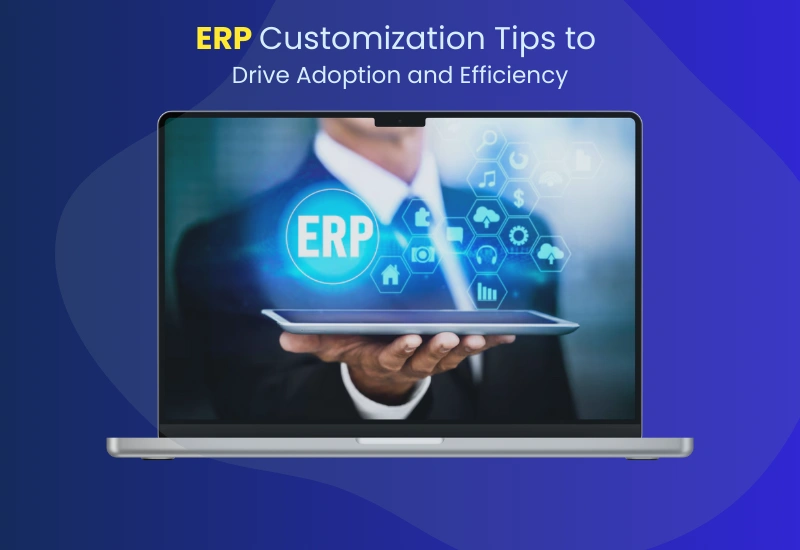
Exploring Customization in ERP: Tailoring Solutions for Growth
A growing number of businesses are moving away from one-size-fits-all ERP systems. Customization enables organizations to align software with internal operations, improve adoption, and maintain process integrity at scale. This blog examines how ERP customization helps businesses achieve measurable growth by adapting software around real operational demands.
Read More
SUN, MAY 04, 2025
BHARUWA
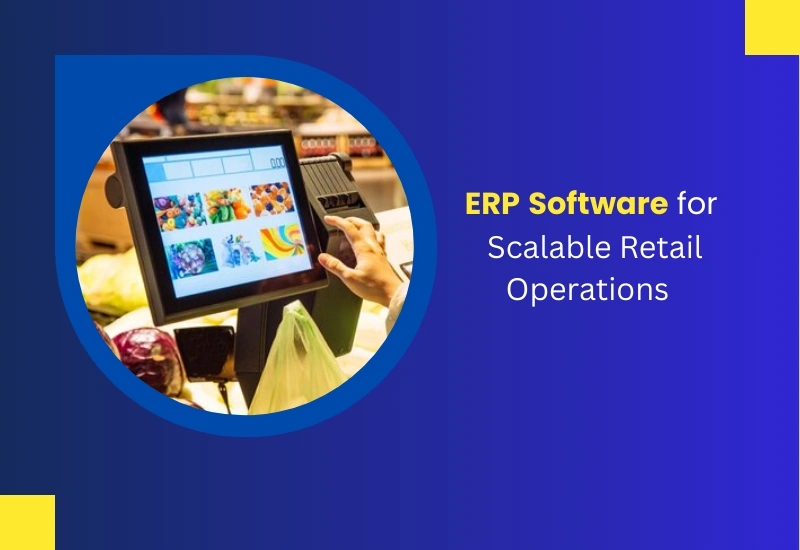
How ERP Software Enhances Productivity in the Retail Industry
Retail businesses face continuous pressure to manage inventory, optimize customer service, and maintain consistent profitability. ERP software addresses these challenges by aligning operations, improving decision-making, and reducing resource inefficiencies.
Read More
FRI, MAY 02, 2025
BHARUWA
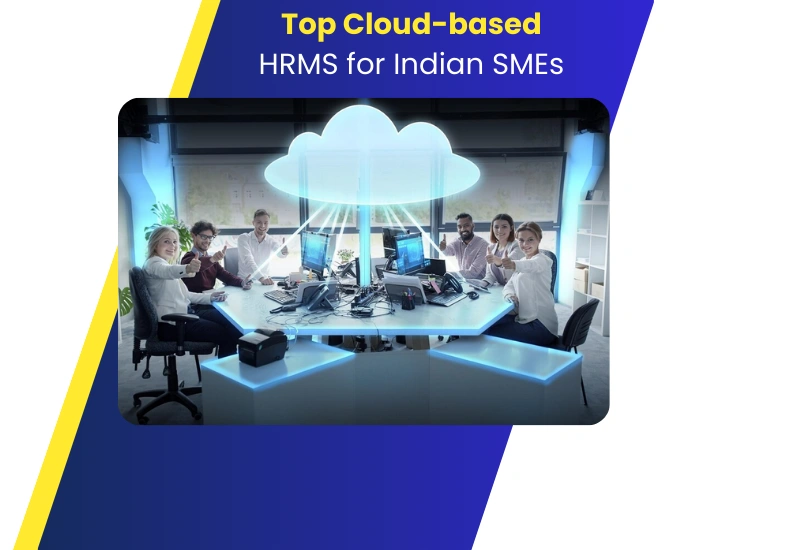
Top Cloud-Based HRMS Solutions for Indian SMEs
Small and medium-sized enterprises (SMEs) in India are increasingly adopting cloud-based Human Resource Management Systems (HRMS) to streamline operations, improve compliance, and centralize workforce data. Here’s a practical list of HRMS platforms that align with the operational and financial needs of Indian SMEs.
Read More
WED, APR 30, 2025
BHARUWA
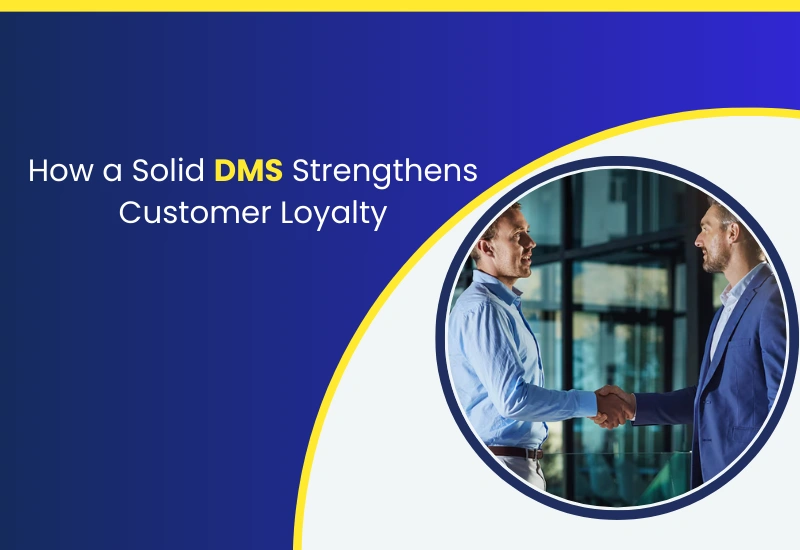
How a Robust Distribution Management System Improves Customer Experience and Loyalty
Excerpt: A well-structured Distribution Management System (DMS) strengthens business operations by enhancing supply chain efficiency, reducing delays, and improving customer interactions. This article explores how a robust DMS directly impacts customer experience and fosters brand loyalty in the B2B sector.
Read More
FRI, APR 25, 2025
BHARUWA

How ERP Software Enhances Productivity in the Manufacturing Sector
Manufacturing enterprises operate in an intricate ecosystem where operational efficiency, cost control, and strategic agility determine long-term success. Enterprise Resource Planning (ERP) software serves as the backbone of digital transformation, enabling manufacturers to integrate processes, mitigate inefficiencies, and optimize resource utilization. This article explores how ERP systems provide a structured approach to overcoming operational bottlenecks, improving scalability, and ensuring sustainable productivity.
Read More
WED, APR 23, 2025
BHARUWA

Choosing Top Hospital Management Software: A Buyer’s Guide
Selecting the right hospital management software is a critical decision that impacts operational efficiency, patient care, and financial performance. This guide compares top solutions, helping healthcare organizations make informed decisions based on functionality, scalability, compliance, and cost-effectiveness.
Read More
SAT, APR 19, 2025
Bharuwa Solutions

Top 10 ERP Solutions for Medium and Large Enterprises in 2025
Excerpt: For medium and large enterprises, Enterprise Resource Planning (ERP) solutions serve as the backbone of operations—integrating finance, human resources, supply chain, and more into a unified system. As businesses scale, selecting the right ERP is a strategic decision that influences operational efficiency, financial oversight, and long-term growth. This article highlights the top ERP solutions in 2025, providing a high-level perspective on their capabilities and industry relevance.